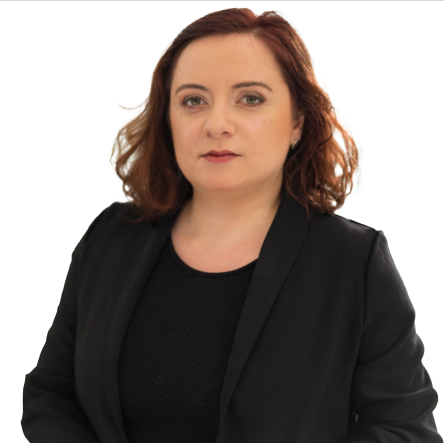|
Abstract: Time: 12:30-14:00, 24 May, 2024
Agenda:
Talk 1: Designing learning with multimodality, Victor Lim
Talk 2: Designing assessment with multimodality, George Jiang
Discussion: Yuen Yi Lo
Registration Link: https://docs.google.com/forms/d/e/1FAIpQLSdtpI-jwNeEJUjqFzbOOBo2QUguzwh19sA8Ynxczfh_LKs2TQ/viewform?usp=sf_link
Talk 1: Designing Learning with Multimodality (by Prof. Fei Victor Lim)
This talk reflects on the applications of multimodality on learning and maps the terrain by introducing three dimensions – multimodality for learning, multimodality as learning and multimodality in learning. Multimodality for learning involves the use of multimodal resources to support language and subject content learning, in recognition of the multimodal nature of disciplinary knowledge representations. Multimodality as learning extends literacy beyond language, with a focus on multimodal meaning-making in the development of students’ multimodal literacy skills as well as assessing students’ multimodal literacy and evaluating their artefacts. Multimodality in learning focuses on teachers’ orchestration of multimodal resources in the classroom as embodied teaching. It also includes studies on the multimodal critical discourse analysis of classroom resources as well as the use of multimodal learning analytics and artificial intelligence for analysing students’ signs of learning and measuring engagement in the learning process. I will discuss the areas for potential research to advance the field in relation to the three dimensions of multimodality and learning.
Talk 2: Designing Assessment with Multimodality (by Prof. Lianjiang Jiang)
Despite the increasing popularity of translanguaging as an instructional strategy and the ascending linguistic and cultural diversity in CLIL classrooms, content assessment remains monolingual and monomodally carried out in written language. There is a critical need to explore how translanguaging assessment can be designed and enacted through assessment innovations. This talk explores innovative use of digital multimodal composing (DMC) as translanguaging assessment in CLIL classrooms and the pertinent practical issues of validity, reliability, and manageability associated with such innovation.
|








